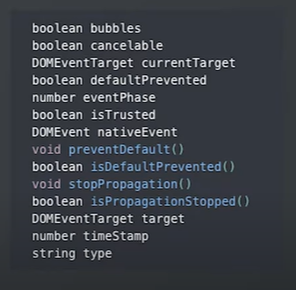Synthetic Events - florypaul/ReactJS GitHub Wiki
In the context of React, "synthetic events" refer to the abstraction layer that React provides on top of native browser events. When you're working with React, instead of directly interacting with browser events like onClick, onChange, or onKeyPress, you actually work with React's synthetic event system.
Here's how it works:
-
Cross-Browser Compatibility: React's synthetic event system normalizes browser inconsistencies, ensuring that your event handlers work consistently across different browsers.
-
Event Pooling: React reuses event objects for performance reasons. When an event is triggered, React reuses the same synthetic event object and populates it with new data. This helps reduce memory usage and improve performance.
-
Event Delegation: React's synthetic events are attached at the document level and use event delegation to manage event propagation. This means that instead of attaching event listeners to individual elements, React attaches event listeners at a higher level (typically at the document level) and manages event propagation internally.
-
Automatic Cleanup: React automatically cleans up event listeners when components are unmounted, preventing memory leaks and potential issues.
Here's a simple example of how you might use a synthetic event in React:
import React from 'react';
class MyComponent extends React.Component {
handleClick = (event) => {
console.log('Button clicked!');
};
render() {
return (
<button onClick={this.handleClick}>
Click Me
</button>
);
}
}
export default MyComponent;In this example, onClick is a synthetic event provided by React. When the button is clicked, React internally handles the browser's native click event and calls the handleClick method with a synthetic event object as an argument.
Overall, synthetic events in React provide a consistent and efficient way to handle user interactions in your applications.
